The European exhibitions you can’t miss this winter
ho
We recommend you a handful of exhibitions that you can visit this winter in cities like Rotterdam, Vienna, Paris, Basel, Barcelona and London.
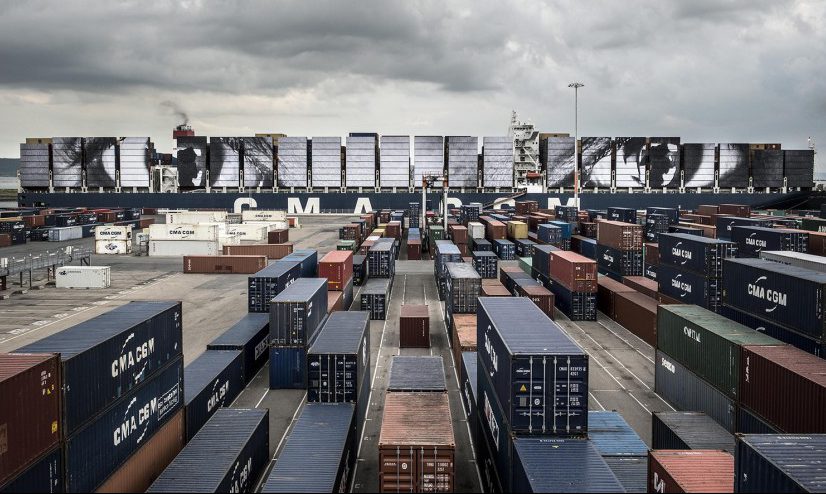
We hope that 2018 has been a year full of discoveries and inspiring experiences for you. We at FAD, believe that continuous learning is an essential process for creative development, and exhibitions are a good starting point to discover or rediscover key figures, moments or ideas that encourage us to explore new roads or forgotten roads with a thousand branches that we had not considered yet. In this article, we review a selection of museums and exhibitions on the different areas of design promoted by FAD that you can visit this winter in different cities across Europe. If you have been given a trip or you are planning some getaways for 2019, we make some recommendations:
Het Niewe Instituut, the most innovative museum in Europe
If you are one of those who still think that museums are mausoleums of another era, the Het Niewe Instituut in Rotterdam is a must see for you. Founded in 2013 from the merger of the Netherlands Architecture Institute (NAI), the Premsela Institute for Design and Fashion and Virtual Platform: Knowledge Institute for e-Culture, the center grants to research and development (R & D) its main focus and seeks to increase the appreciation of the social and cultural significance of architecture, design and digital culture, and to promote interaction between these disciplines.
The Spanish architect Marina Otero Verzier directs the research department and this winter, she presents her proposal for the Dutch pavilion of the latest Venice Architecture Biennial at the center. The exhibition, titled “Work, Body, Leisure”, addresses the spatial configurations, the living conditions and the notions of the human body engendered by disruptive changes in ethics and working conditions. The project aims to promote new forms of creativity and responsibility within the architectural field in response to emerging automation technologies.
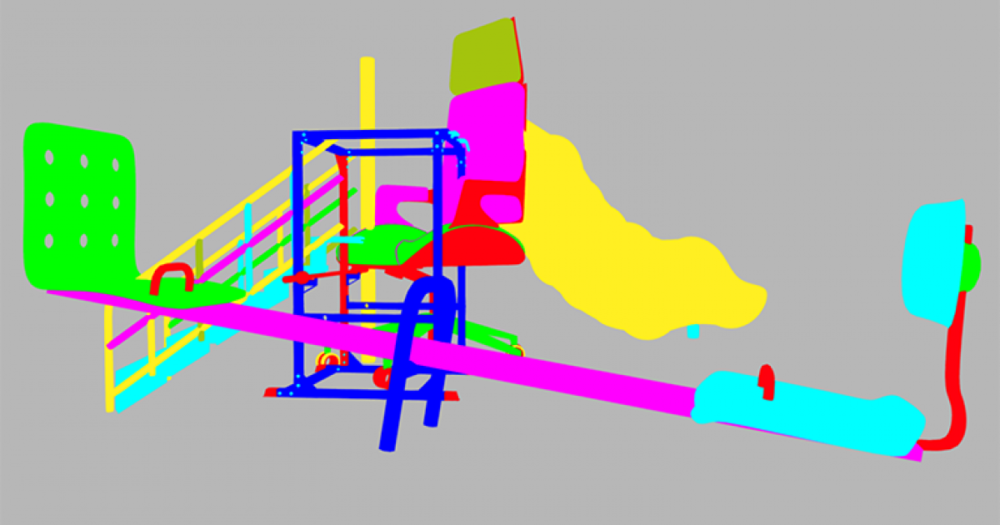
The centre also presents Habitat: Expanding Architecture, an installation that presents a key moment in the history of architecture and urbanism: the tenth CIAM conference in Dubrovnik in 1956. This event redefined the concept of habitat through a new ecological approach that considered architecture less as an autonomous discipline and more as part of a larger and more dynamic system. Habitat shows the work of the archives of Aldo van Eyck, Jaap Bakema and Alison & Peter Smithson, along with more recent works by Pjotr Gonggrijp and Frits Palmboom. The installation serves as a platform to continue studying and talking about the meaning of habitat right now.
Another outstanding temporary exhibition is Speculative Design Archive, an installation that speculates on the possible contents of an archive for the design and digital culture of the Netherlands. The installation asks who will preserve what – and how, and why – for future generations. The exhibition presents archives from organizations such as V2_ and Droog, and companies such as Vlisco and Artifort; from prestigious studios such as Kho Liang Ie, Wim GLLE, Lust, Geert Lap, Hella Jongerius and Vincent de Rijk, as well as young designers and collectives, who exemplify the richness and variety that a Dutch design archive could offer, while investigating how these treasures could be preserved and made accessible.
“Work, Body, Leisure” can be visited until October 3rd, 2019 and “Habitat: Expanding Architecture” and “Speculative Design Archive” can be visited until March 10th, 2019, all three at the Het Niewe Instituut in Rotterdam.
Wes Anderson and Juman Malouf revolutionize the Kunsthistorisches Museum in Vienna
And from the most innovative and modern Museum in Europe, we move to one of the oldest museums of fine arts and decorative arts in the world, the Kunsthistorisches Museum, founded in 1891 in Vienna. A museum, however, that in spite of the antiquity of its collection, knows how to present it in such a way that it continues attracting the attention of the public with surprising proposals, like the one recently presented by the film director Wes Anderson and the writer and illustrator Juman Malouf.
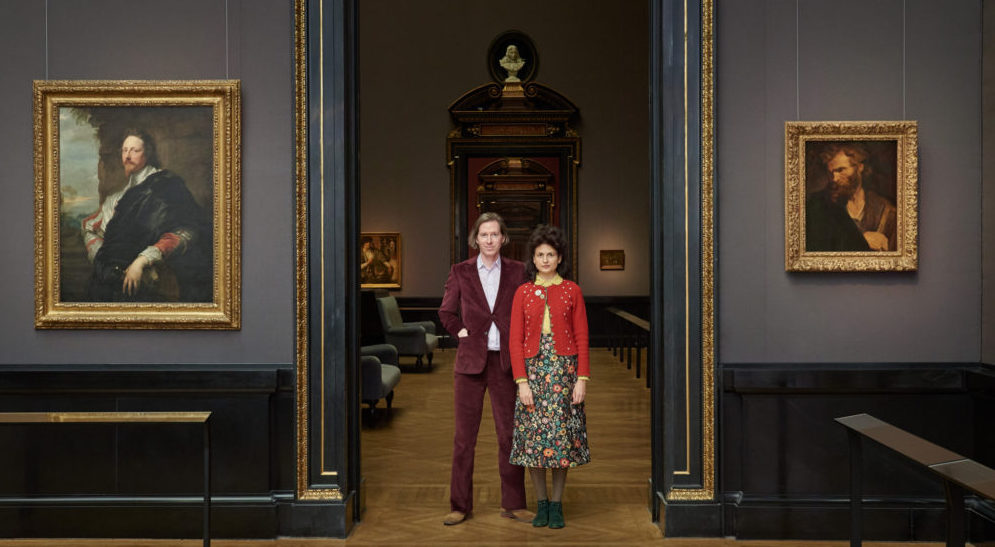
Under the quirky title “Spitzmaus Mummy in a Coffin and other Treasures” Anderson and Malouf have collected more than 400 objects extracted from fourteen of the museum’s historical collections. Among them Egyptian, Greek and Roman antiquities, Old Master paintings, selections from the Kunstkammer and the Imperial Treasury, items from the Imperial Armoury, Coin Collection, and Collection of Historic Musical Instruments, as well as pieces from the Theatermuseum, the Weltmuseum, the Imperial Carriage Museum, and Schloss Ambras Innsbruck. A handful of special guests from the Natural History Museum are also included.
The selection pays special attention to pieces rarely exhibited that have been in the museum’s storage for years: more than 350 objects have been recovered from these depots, with many of them on public display for the very first time. But not only is the selection of pieces innovative, but also the way in which the guest curators have decided to exhibit them and relate them to each other: in a non-chronological way and reflecting the director and illustrator’s usual interest in oddities, colours and symmetry. Despite their questionable but valid curatorial criteria, the exhibition will delight the admirers of the style of the filmmaker and his companion, the author of much of the visual universe of his films.
“Spitzmaus Mummy in a Coffin and other Treasures” can be visited until April 28th at the Kunsthistorisches Museum in Vienna.
JR parks his van at the European house of photographie in Paris
It is a kind of French Banksy, changing the sprays for the camera and hiding his face under dark glasses and a hat. The discretion of his profile contrasts with his contagious vitality, the large scale and the social claim of its projects, halfway between photography, performance and urban installation.
Until recently, he was quite unknown by the general public, but his appearance as co-star of the latest documentary by the famous French filmmaker Agnès Varda, has renewed interest in his work. A work that is difficult to show in the context of a museum because of its imbrication in the urban fabric, but at the same time interesting to see in retrospective for the often ephemeral, site-specific and global component of his projects.

For years, JR has been revealing his photographs on large walls and structures in various cities of the world, to which he travels in his camera shaped van / mobile studio. His projects are an incisive and inclusive look on contemporary society, which is the result of an intimate work with communities at risk of exclusion to which the artist gives visibility, understanding and voice.
The exhibition is the first major retrospective of JR’s work in France and is a unique opportunity to discover the most unknown facets of the work of a socially relevant and artistically surprising artist.
“JR Momentum, The mechanics of the event” can be visited until February 10th at the Maison Européenne de la Photographie in Paris.
Victor Papanek: The Politics of Design at the Vitra Design Museum
Following this interest in socially engaged work, the Vitra Design Museum, in collaboration with the Museum of Design of Barcelona, recovers one of the most pioneering and influential figures of the 20th century in terms of design with a social and ecological focus. His key work, “Design for the Real World” (1971), remains the most widely read book about design ever published. In it, Papanek makes a plea for inclusion, social justice, and sustainability – themes of greater relevance for today’s design than ever before.
The exhibition includes high-value exhibits such as drawings, objects, films, manuscripts, and prints, some of which have never before been presented. These are complemented by works of Papanek’s contemporaries from the 1960s to 1980s, including George Nelson, Richard Buckminster Fuller, Marshall McLuhan, or the radical design initiative »Global Tools«. Contemporary works from the areas of critical and social design provide insight into Papanek’s lasting impact.
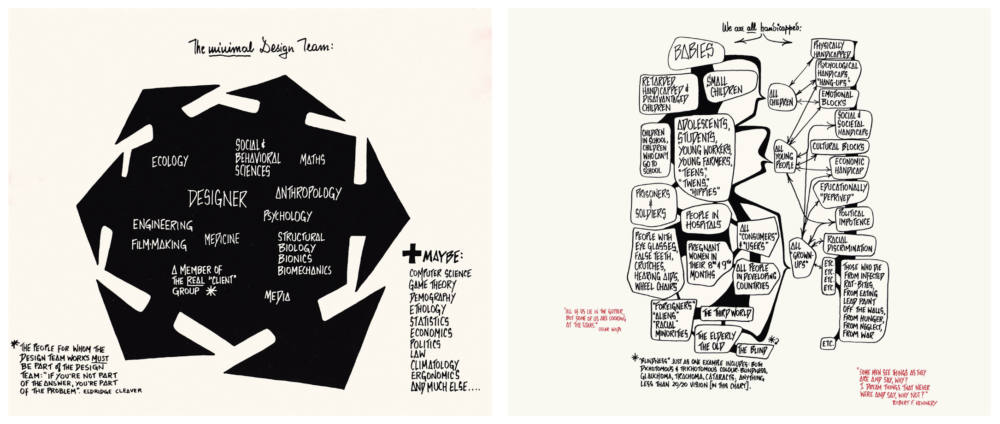
“Victor Papanek: The Politics of Design” can be visited at the Vitra Design Museum in Basel until March 10th, 2019 and from October 31st, 2019 at the Barcelona Design Museum
The textile art of Anni Albers and new materials in London
The first major exhibition of Anni Albers’ work in the United Kingdom is a long overdue but necessary recognition of the fundamental contribution of this Bauhaus pioneer to modern art and design, to the relevance of textile crafts and to experimentation with materials and techniques. Presented first in Dusseldorf and now in the Tate Modern in London, the exhibition explores the multiple dimensions of her work through her concerns, her influences, her training and the methodology she developed and instilled in her students.
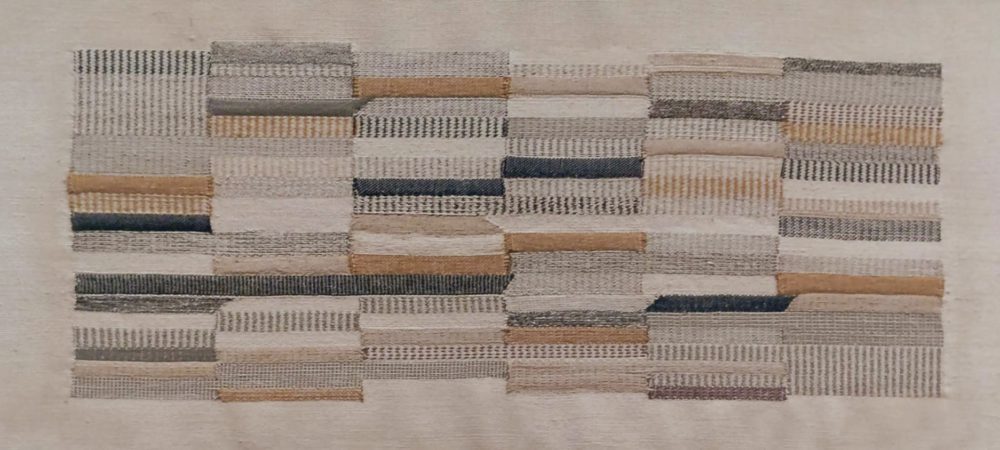
Also exploring the relevance of textiles and natural materials as a basis for technical, expressive and sustainable innovation, the Victoria and Albert Museum in London presents the exhibition “Fashioned From Nature”. The exhibition presents fashion along with examples of natural history, new innovative fabrics and dyeing processes that invite visitors to reflect on the origin, inspiration, provenance and impact of the materials that dress us.
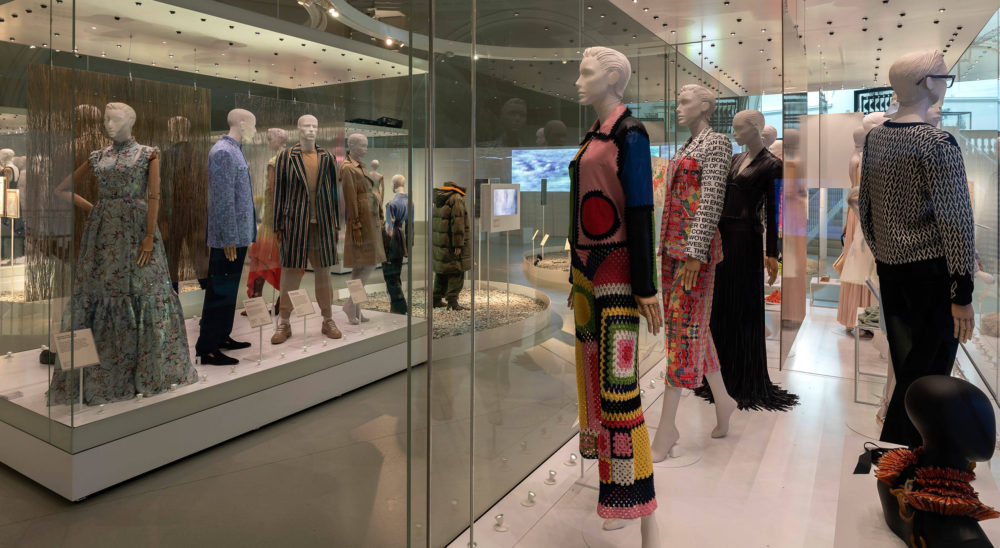
Both “Anni Albers” at the Tate Modern and “Fashioned From Nature” at the Victoria and Albert Museum in London can be seen until January 27.
Author: Sol Polo